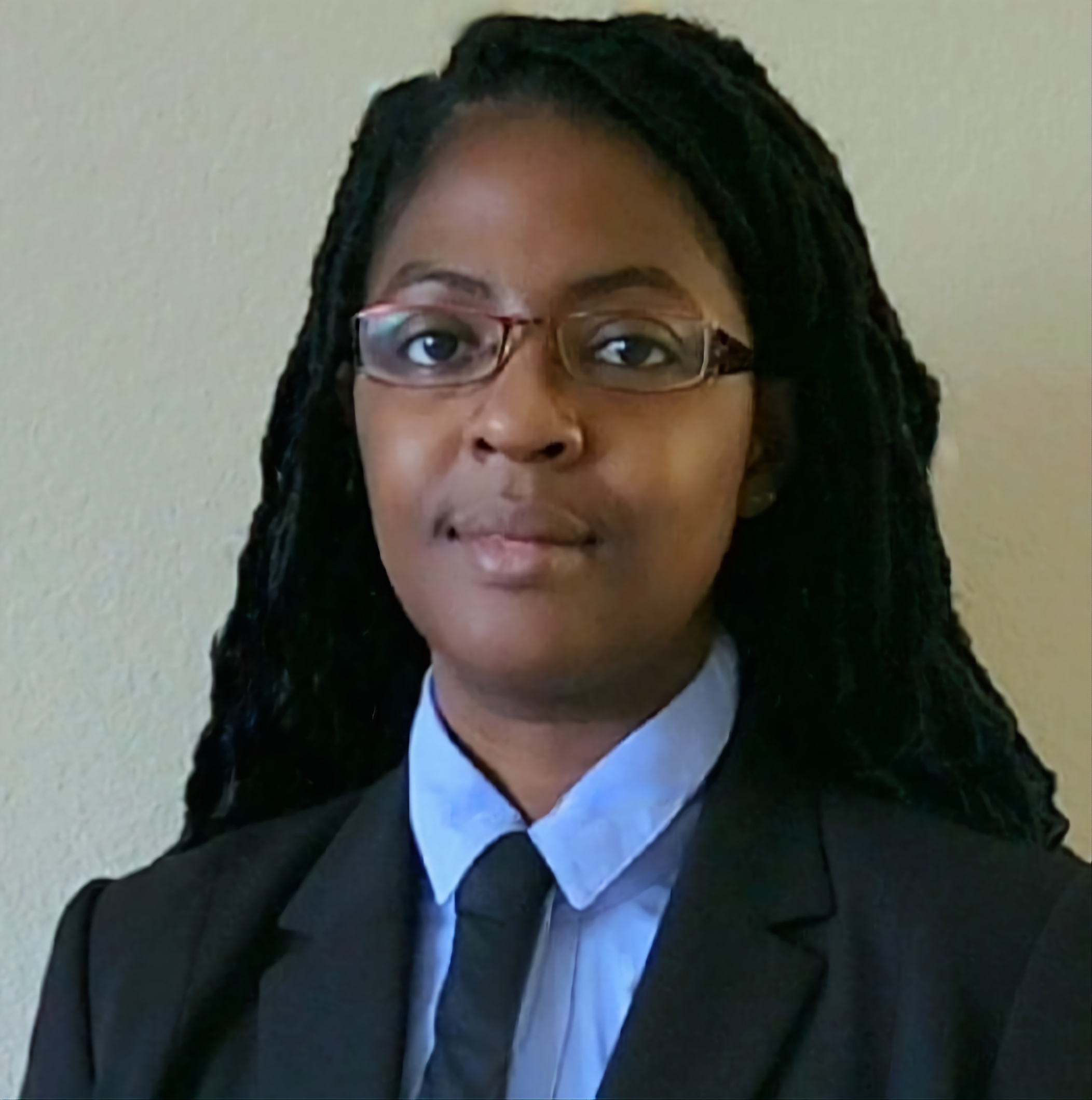Tissue Engineering
(H-304) In-Situ Cardiac Co-Differentiation of Induced Pluripotent Stem Cell-Laden Bioprints
Thursday, October 12, 2023
2:00 PM - 3:00 PM PDT
Location: Exhibit Hall - Row H - Poster # 304

Jelisha Walcott (she/her/hers)
Graduate Student
Georgia Institute of Technology/Emory University
Atlanta, Georgia, United States- MD
Michael Davis
Professor
Emory University, United States
Presenting Author(s)
Primary Investigator(s)
Introduction:: Whether for modeling diseases, drug testing, or fabricating tissues for repair, accurately recapitulating the native heart is a major challenge for generating fabricated cardiac tissues. The heart is a complex multicellular organ with structural and cellular intricacies that create a functional pump designed to operate for many decades. While the heart’s structural aspects can be addressed by several methods including 3D extrusion bioprinting, the complexity of its cellular composition has resulted in a disproportionate effort toward focusing on the heart's muscle cells, the cardiomyocytes. However, it is known that the relationship and interactions between different cardiac cells affect the maturity and functionality of the fabricated tissue. Crosstalk between cardiomyocytes and endothelial cells, for example, is vital for early heart development, as well as continuing maturation. To create mature cardiac tissues, methods for producing multicellular constructs must be refined. Currently, there are several efficient protocols for differentiating cardiomyocytes or endothelial cells. However, very few protocols have been optimized for 3D applications, and even less for co-differentiation. Therefore, this project aims to define a co-differentiation protocol suitable for the in-situ generation of induced pluripotent stem cell (iPSC) cardiomyocytes/endothelial cell-laden constructs
Materials and Methods:: Established hiPSCs (SVCI-111) obtained from Stanford biobank were plated on 1:100 Geltrex coated 6-well plates and maintained in stem cell maintenance media with 10 μM ROCK inhibitor until 80% confluent. Confluent iPSCs were dissociated with EDTA and combined with 1mL of 3%, 5%, or 10% GelMA-ECM bioink at day -2. The iPSC-laden bioinks were printed using a 27-gauge nozzle on CELLINK’s BioX printer. Live/Dead staining was performed on samples to verify stem cell viability post-printing. Printed constructs were further cultured in stem cell maintenance media for 2 days and then subjected to a small molecule-induced differentiation protocol specified for cardiomyocytes (CM). On Day 0, mesoderm differentiation was induced using small molecules. A 6-well plate of confluent iPSCs was also treated with CHIR 99021. On day 3 early cardiac induction of the cardiomyocytes was induced with a small molecule, IWR-1 on printed samples, and endothelial cells with Vascular endothelial growth factor (VEGF)/ Fibroblast growth factors (FGF) on a 12-well chambered slide. Prints were maintained in cardiomyocyte maintenance media and the 12-well was maintained in endothelial maintenance media respectively for 28 days. Immunofluorescence was performed to observe stem cell, cardiac, and endothelial markers.
Results, Conclusions, and Discussions:: Live/Dead staining demonstrated significant viability of stem cells two days after printing within GelMA/ECM bioink. On day 28, immunofluorescence of cardiomyocyte prints revealed the presence of cardiomyocyte marker, cardiac troponin (cTnT) as well as a minimum presence of stem cell marker Oct4. Staining for CD34, an early endothelial marker on 2D 12-well chambered slides demonstrated successful endothelial differentiation. The results of the Live/Dead confirm the current printing protocol is not detrimental to the viability of the stem cells. The presence of cTnT and the minimal presence of Oct 4 suggest that our protocol sufficiently differentiates iPSCs into cardiomyocytes. Preliminary data on 2D controls for endothelial cells suggest that an endothelial protocol is possible for the cell line chosen.
Acknowledgements (Optional): :
References (Optional): :
Materials and Methods:: Established hiPSCs (SVCI-111) obtained from Stanford biobank were plated on 1:100 Geltrex coated 6-well plates and maintained in stem cell maintenance media with 10 μM ROCK inhibitor until 80% confluent. Confluent iPSCs were dissociated with EDTA and combined with 1mL of 3%, 5%, or 10% GelMA-ECM bioink at day -2. The iPSC-laden bioinks were printed using a 27-gauge nozzle on CELLINK’s BioX printer. Live/Dead staining was performed on samples to verify stem cell viability post-printing. Printed constructs were further cultured in stem cell maintenance media for 2 days and then subjected to a small molecule-induced differentiation protocol specified for cardiomyocytes (CM). On Day 0, mesoderm differentiation was induced using small molecules. A 6-well plate of confluent iPSCs was also treated with CHIR 99021. On day 3 early cardiac induction of the cardiomyocytes was induced with a small molecule, IWR-1 on printed samples, and endothelial cells with Vascular endothelial growth factor (VEGF)/ Fibroblast growth factors (FGF) on a 12-well chambered slide. Prints were maintained in cardiomyocyte maintenance media and the 12-well was maintained in endothelial maintenance media respectively for 28 days. Immunofluorescence was performed to observe stem cell, cardiac, and endothelial markers.
Results, Conclusions, and Discussions:: Live/Dead staining demonstrated significant viability of stem cells two days after printing within GelMA/ECM bioink. On day 28, immunofluorescence of cardiomyocyte prints revealed the presence of cardiomyocyte marker, cardiac troponin (cTnT) as well as a minimum presence of stem cell marker Oct4. Staining for CD34, an early endothelial marker on 2D 12-well chambered slides demonstrated successful endothelial differentiation. The results of the Live/Dead confirm the current printing protocol is not detrimental to the viability of the stem cells. The presence of cTnT and the minimal presence of Oct 4 suggest that our protocol sufficiently differentiates iPSCs into cardiomyocytes. Preliminary data on 2D controls for endothelial cells suggest that an endothelial protocol is possible for the cell line chosen.
Acknowledgements (Optional): :
References (Optional): :
